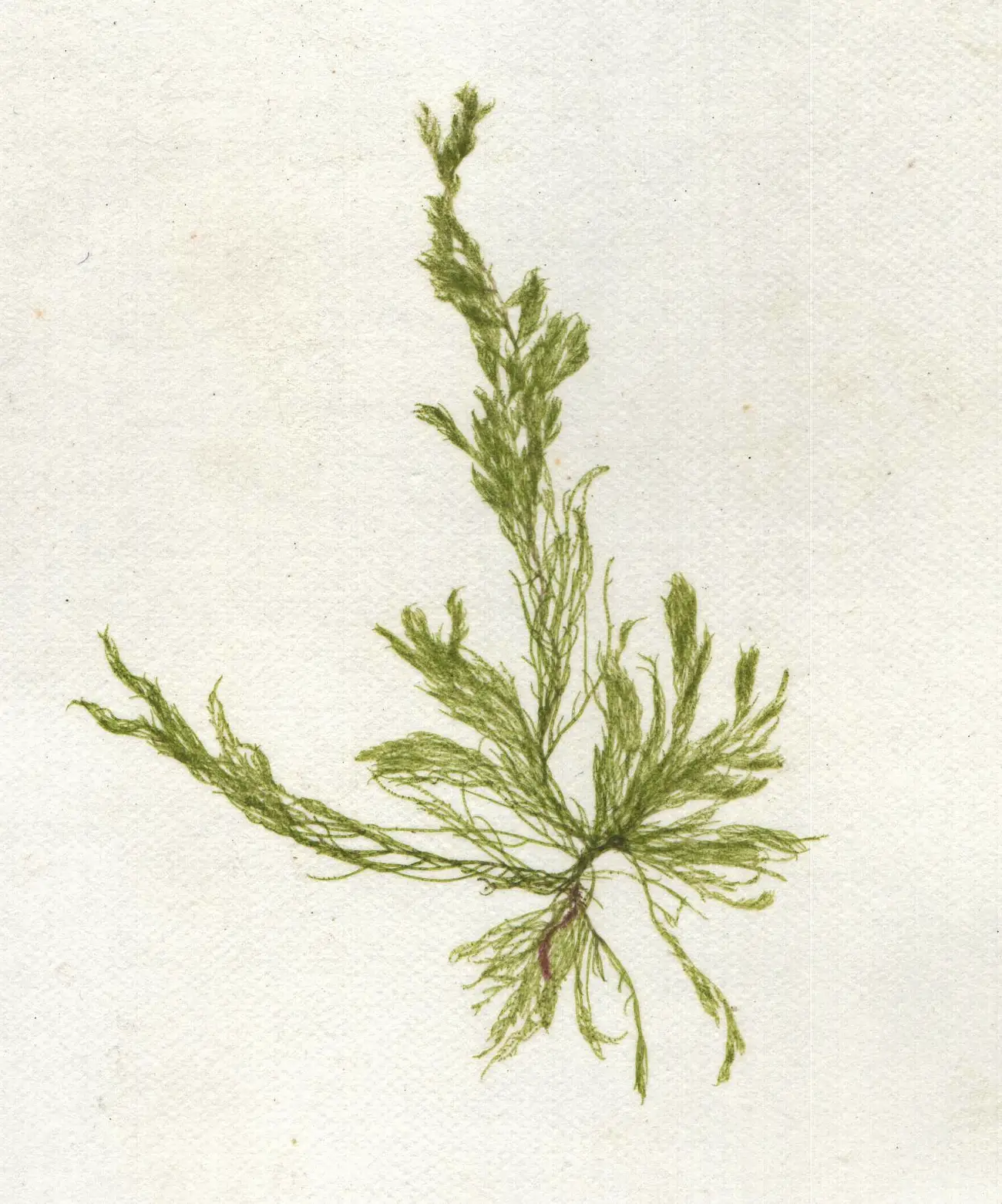Contents
CLADOPHORA
CLASSIFICATION OF CLADOPHORA
Sub-division :- Algae
Class :- Chlorophyceae
Order :- Cladophorales
Family :- Cladophoraceae
Genus :- Cladophora

GENERAL CHARATERSTICS OF CLADOPHORA
- Cell walls are stratified being composed of three layers, out of which middle is conspicuously stratified.
- A cell is coenocytic. Central region is occupied by a large vacuole, surrounded by outer cytoplasmic lining in which many nuclei are present.
- Chloroplast is either reticulate or discoid. It is parietal in position and possesses many pyrenoids.
- The Cladophora species can be a major nuisance causing major alteration to benthic conditions linked particularly with increased phosphorus loading.
- There are two multicellular stages in its life cycle – a haploid gametophyte and a diploid sporophyte.
- Cladophora balls are formed from the filaments of the alga which are photosynthetic.
- Cladophora is cosmopolitan and accordingly infestations cannot often be regarded logically as being invasive. Where they occur they may at various times be seen as beneficial, as a nuisance, or an outright pest.

IDENTIFICATION
- Sub-division– Algae
- Presence of a simple thallus.
- Chlorophyll present
- Cell wall made of cellulose.
- Class – Chlorophyceae
- Presence of a definite nucleus
- Chloroplast present. grass green colour
- Presence of starch
- Reproductive structure motile and flagella equal in length.
- Order – Cladophorales
- Cells multinucleate and cylindrical,
- Cell united to form branched or unbranched filaments.
- Family – Cladophoraceae (Single family)
- Cells more than eight times longer than broad
- Chloroplasts do not form distjnct transverse bands.
- Genus – Cladophora
- Filaments freely branched.
- Filaments without akinetes.


Leave a Reply